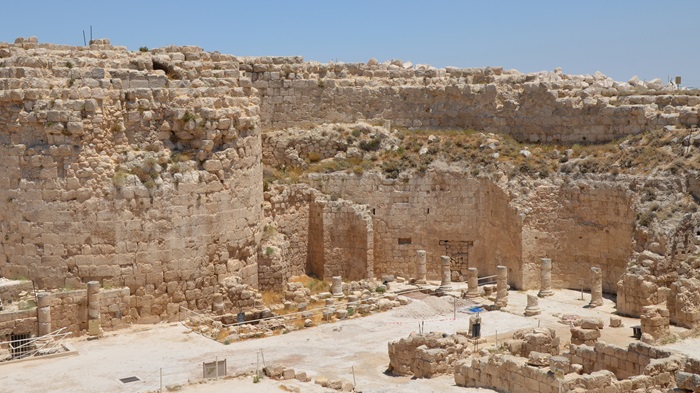Kerby Anderson
Last year was a significant year in the field of biblical archaeology. One article in Christianity Today detailed “Biblical Archaeology’s Top 10 Discoveries.” Some were recent finds. Others were finds that new technology has helped read, inscriptions not previously visible. Here are a few examples.
When ISIS terrorists captured Mosul, they blew up the tomb of the prophet Jonah. This uncovered the remains of a palace of the Assyrian King Esarhaddon. As one article put it, “ISIS Accidentally Corroborates the Bible.” Inscriptions found in the old city of Nineveh give an order of Assyrian kings that matches the biblical order.
An inscribed piece of limestone discovered in a tomb along the west bank of the Nile was revealed to be a Semitic abecedary. It dates back to the time of Moses and fits with the statement that, “Moses wrote down everything the Lord had said” (Exodus 24:4). It turns out he wasn’t the only one writing in a Semitic script in Egypt at that time.
A seal impression found in the ancient Jerusalem wall mentions the governor of the city. Governors of the city of Jerusalem are mentioned in the Old Testament (2 Kings 23:8, 2 Chronicles 18:25). One seal impression found apparently says, “Isaiah the prophet.” It is with other seals that say, “King Hezekiah of Judah.”
A ring with the name “Pontius Pilate” on it was excavated decades ago but could only be read recently due to advanced photographic techniques. The ring is not fancy enough to have been worn by Pilate. It was probably worn by someone authorized to act on his authority and would use it to seal official communications.
This is an exciting time in biblical archaeology. These and other finds further establish the historical reliability of the Bible.
 Listen Online
Listen Online Watch Online
Watch Online Find a Station in Your Area
Find a Station in Your Area









 Listen Now
Listen Now Watch Online
Watch Online
